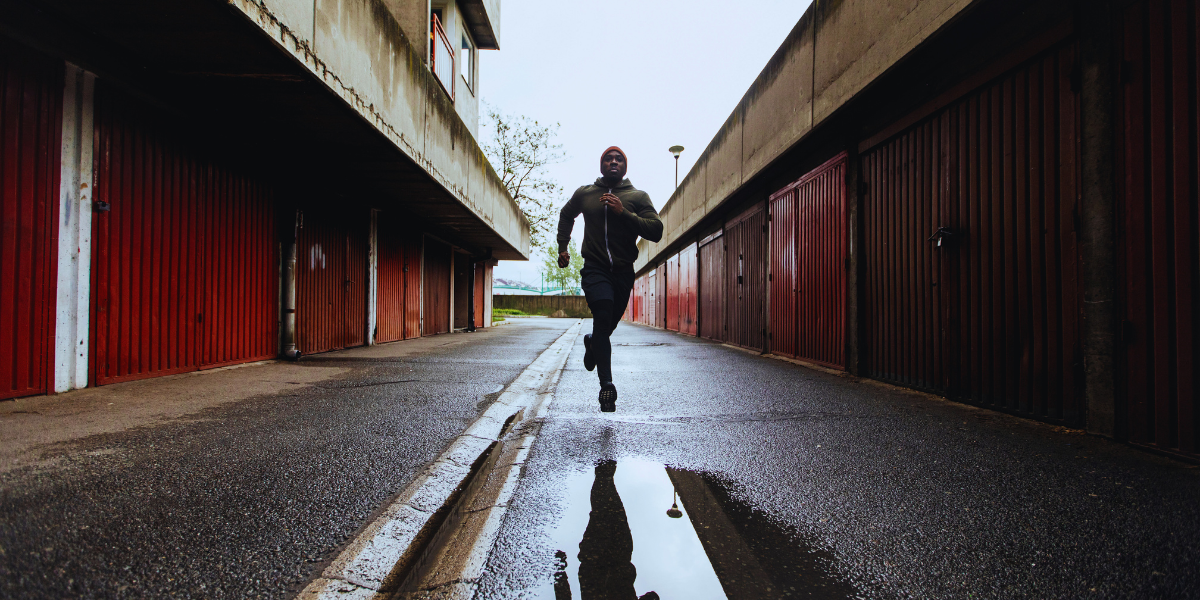The Great Lock-In Challenge: 4 Months to Transform Your Body & Mind
Why September Is Your Second January.

Every year, September sneaks up on us like a second New Year. Summer’s fun fades, and suddenly the urgency to “lock in” before December hits feels real. Research calls this the fresh start effect—a psychological reset triggered by temporal landmarks. No wonder September ranks as the second most popular month for gym memberships after January.
But unlike January resolutions that often fade, September offers momentum, structure, and urgency. With only four months left in the year, it’s the perfect window to make powerful, lasting changes.
This is where the Great Lock-In Challenge comes in.
The Science Behind the September Reset
Behavioral psychology shows that temporal landmarks (like the start of September) increase motivation and goal commitment. Studies confirm that people stick to new habits more when they begin at these “reset points.”
Structured routines during seasonal transitions also benefit mental health, with exercise proving as effective as medication for depression in a 2024 BMJ study. Add in the energy boost, reduced stress, and sharper focus, and you’ve got the science-backed case for why now is the time to start.
The Great Lock-In Framework: Rules & Variations
At its core, the challenge is simple but powerful:
- 9 hours of sleep nightly
- 3 liters of water daily
- No sugar, fast food, alcohol, or smoking
- Daily cold showers
- 3–5 workouts weekly
- 10,000 steps daily
- No screens 1 hour before bed
- Optional: journaling or meditation
Levels of Participation
- Beginner: Commit to 3–4 rules consistently.
- Intermediate: Aim for 6–7 rules.
- Advanced: Lock in all rules for 120 days.
The framework works because it reduces decision fatigue, creates compound benefits, and builds both mental and physical resilience.
The Psychology of Year-End Motivation
Deadlines create urgency. With four months left, you have just enough time to form habits but not enough to procrastinate. This “finishing strong” mindset transforms how you approach fitness.
Community is another powerful driver—sharing goals, posting progress, and building accountability taps into intrinsic and extrinsic motivation.
Creating Your Personal Lock-In Strategy
Here’s a step-by-step approach:
- Self-assess – where are you now?
- Pick 1–2 core goals (strength, weight loss, endurance, mental health).
- Customize the rules – match your fitness level.
- Track progress – beyond the scale, measure energy, mood, strength, and sleep.
- Build accountability – friends, online groups, or progress journals.
- Plan for setbacks – reframe off days as data, not failure.
The Mental Game: Staying Locked In
Consistency beats intensity. Use visualization, micro-wins, and reframing setbacks to keep momentum. Remember: the compound effect of small daily wins adds up to massive change by December.
Beyond December: Turning Challenge Into Lifestyle
The Great Lock-In is not just a 4-month sprint—it’s a launchpad for 2026. Transition into maintenance by keeping 3–4 anchor habits, then layering on new ones. Build systems, not just streaks.
ActiveMan — Make Your Move
The Modern Guide to Men’s Health, Fitness & Lifestyle.





